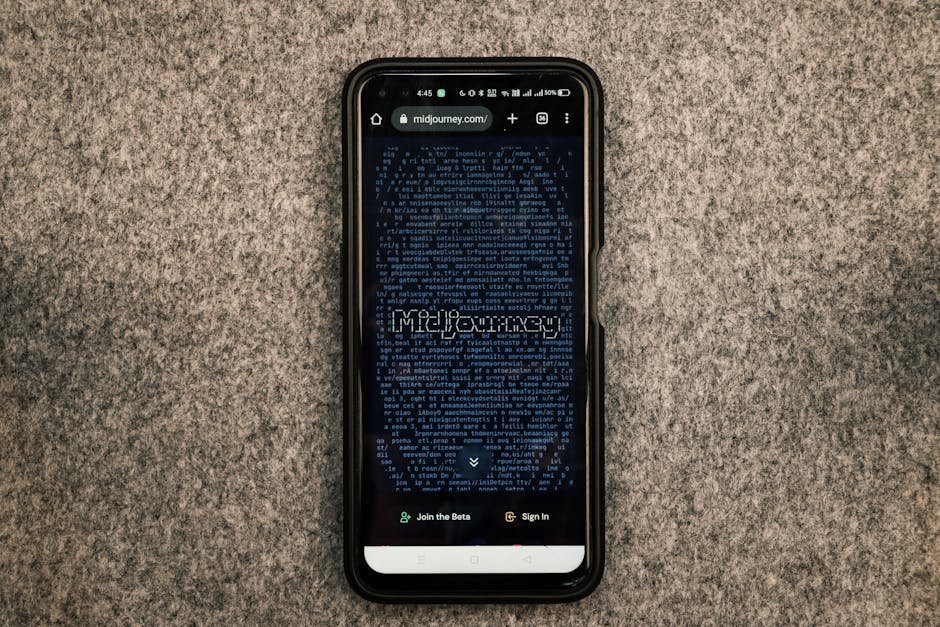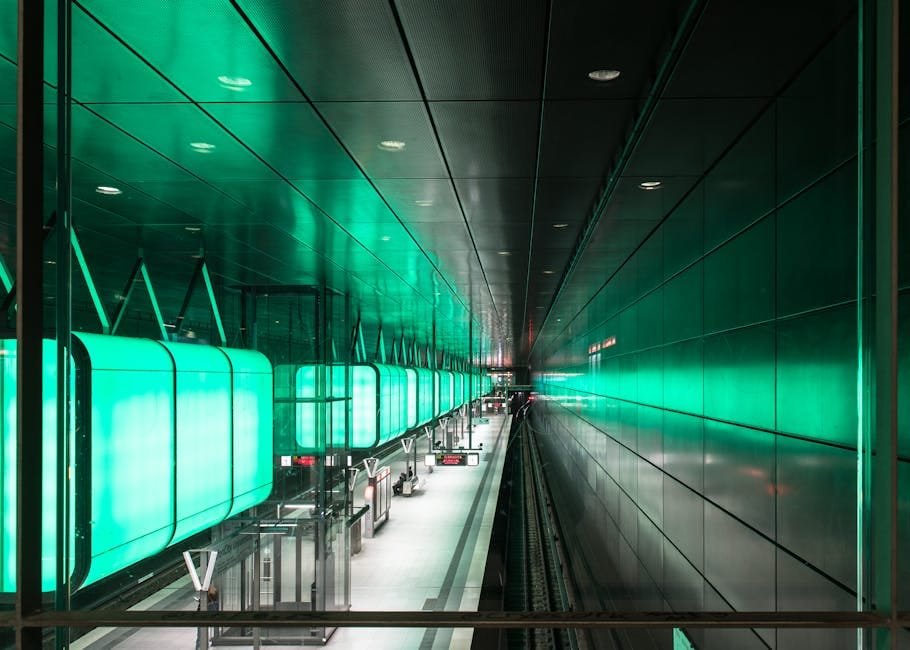Table of Contents
ToggleUnderstanding the Customer Journey is Key
To craft effective retargeting campaigns, it’s important to understand where customers are in their journey and how to best support them. The customer journey typically involves several stages:
- Awareness – Customers first become aware of a product or service and start to gather information. At this stage, retargeting ads can introduce products and pique interest.
- Consideration – Customers narrow down their options and start comparing alternatives. Retargeting at this stage can highlight key benefits and features to help influence their decision.
- Purchase – Customers are ready to make a purchase. Retargeting can guide them through the checkout process and offer discounts or deals to seal the sale.
- Loyalty – After purchase, customers enter the loyalty stage. Retargeting can promote additional products, services, and rewards programs to foster long-term engagement and repeat purchases.
- Advocacy – Loyal customers may become advocates by referring friends or writing reviews. Retargeting can encourage this kind of advocacy through targeted incentives and content.
Understanding where visitors left off in their journey allows you to pick up where you left off and move them further along with the most relevant messaging.
Crafting Messages for Each Stage
Now that the stages are clear, it’s time to craft targeted messages for each:
Awareness – Tease new features, highlight top benefits, ask questions to spark curiosity.
Consideration – Compare your solution to competitors, feature customer testimonials, offer checklists or guides to aid decision making.
Purchase – Promote discount codes or limited-time offers, reassure them with guarantees or free trials, guide them to checkout with call-to-action buttons.
Loyalty – Share new product launches, reward loyalty programs, highlight additional value-added services, encourage user-generated content or reviews.
Advocacy – Thank existing customers and ask for referrals, showcase customer success stories, provide incentives for shares or mentions on social media.
The goal at each stage is to support the customer journey with the most relevant next-step information to move them closer to a conversion goal.
Optimizing the Campaigns
With targeted messaging in place for each stage, it’s important to optimize campaigns for maximum impact:
- Use dynamic retargeting to serve the right message for where visitors left off
- A/B test headlines and copy to find the most effective variants
- Retarget mobile vs desktop users with optimized creative for each
- Geotarget visitors in certain regions for local campaigns
- Retarget high-intent audiences like cart abandoners more aggressively
- Gradually increase bid amounts as customers progress through the funnel
- Integrate retargeting with email marketing for full-funnel nurturing
- Analyze metrics like CTR, CPC, and conversion rates to improve over time
By understanding the customer journey, crafting stage-specific messages, and optimizing campaigns, marketers can create retargeting that truly aligns with how customers buy.
FAQs:
Q: How long should retargeting campaigns run?
A: Most experts recommend retargeting windows of 30-90 days. Consider testing different timeframes based on your specific conversion goals and customer behaviors.
Q: What are the best creative formats for each stage?
A: Awareness tends to perform best with images while consideration works well with videos. Purchase often sees success with banners highlighting deals. Test different formats for your audience.
Q: How often should retargeting ads be shown?
A: It’s best to limit ad frequency after the first few impressions to avoid annoyance. Most experts recommend capping frequency at 1-3 times per week on average after those initial showings.
Q: Can retargeting hurt my brand if done incorrectly?
A: Yes, retargeting done without understanding the customer journey could frustrate or spam visitors. It’s important to test frequently, avoid repetition, and only retarget high-intent audiences already engaged with your brand.
Q: How do I integrate retargeting with other channels?
A: Consider retargeting website visitors through paid search, email, social media, and more using dynamic creative tailored to each touchpoint. Nurture leads across channels for full-funnel engagement.







